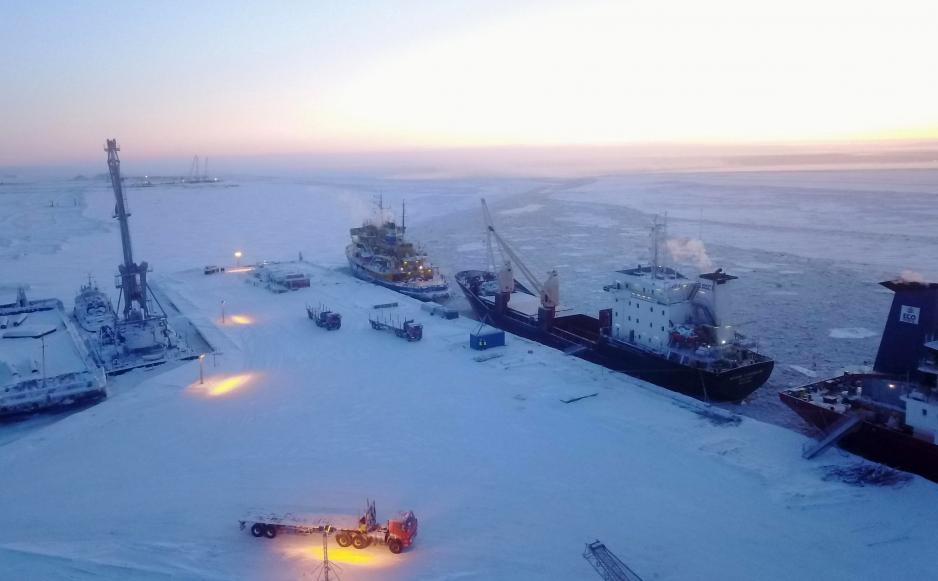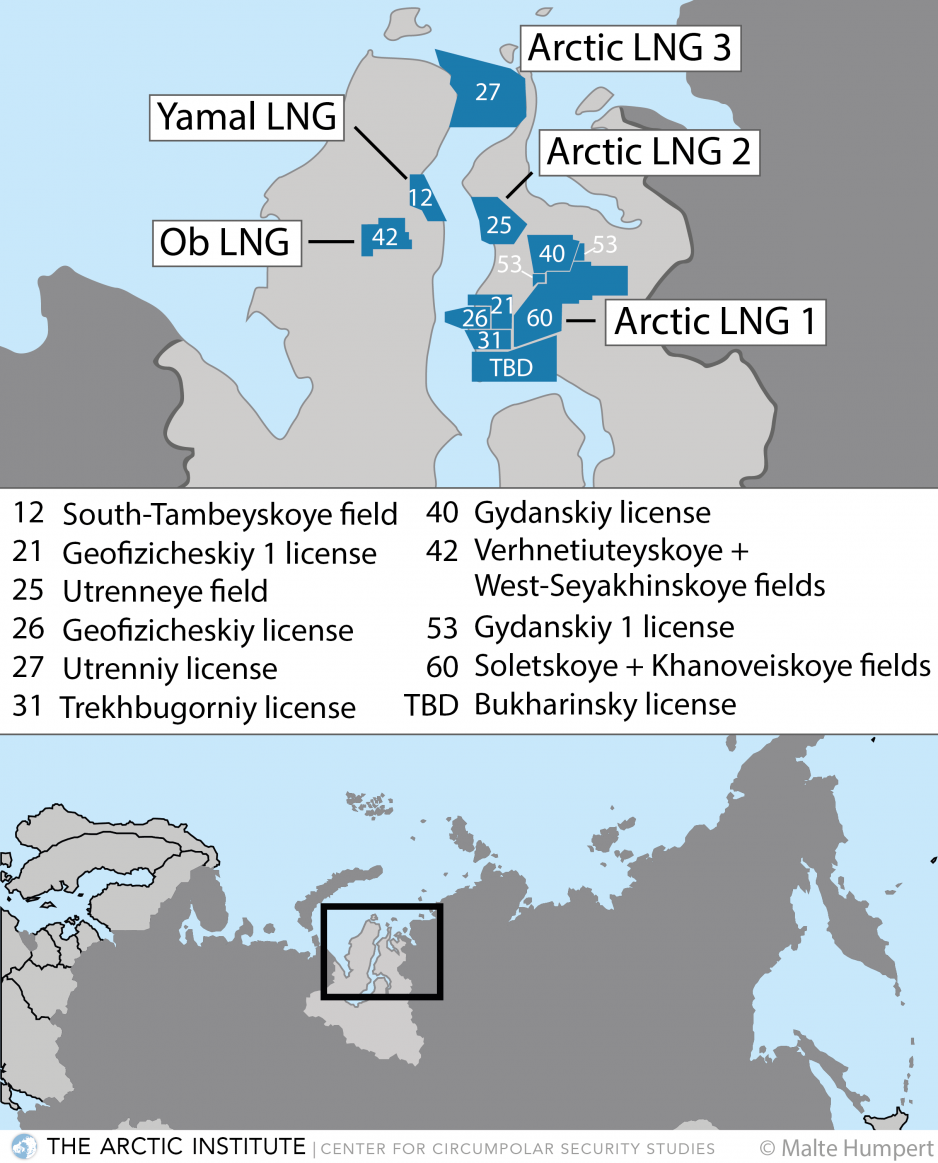Novatek is set to order up to 42 new ice-hardened LNG carriers
The cost of the ships, some to be built in Russia's Zvezda shipyard and some to be purchased from abroad, will total $12 billion.

With the opening of Novatek’s newest and largest Arctic natural gas project, Arctic LNG 2, just three years away, Novatek’s Chairman of the Board Leonid Mikhelson laid out plans to procure up to 42 specialized Arc7 LNG carriers. Earlier this month the company requested an exemption from the requirement to contract with the domestic Zvezda shipyard for all vessels, due to growing concerns about the timely delivery of the vessels.
It has now received permission to order up to 10 vessels from foreign shipyards. Likely bidders will be South Korea’s Daewoo Shipbuilding and Marine Engineering, Hyundai Heavy Industry and Samsung Heavy Industry. China’s Hudong Zhonghua shipyard, a subsidiary of state-company China State Shipbuilding Corporation, is also reportedly vying for the contract offering attractive financing options. DSME constructed the original tranche of 15 Arc7 vessels delivered between 2017-2019 used to export natural gas from Novatek’s first Arctic project, Yamal LNG.
80 million tons by 2030
Novatek has plans to open four new LNG projects on the Yamal and Gydan Peninsulas in this decade. In order of anticipated completion these are Ob LNG, Arctic LNG 2, Arctic LNG 3, and Arctic LNG 1. Construction on Arctic LNG 2, located on the Gydan Peninsula across from Yamal LNG 2, began in 2018. The facility will consist of three LNG trains, or production lines, producing a total of 19.8 million tons of LNG annually.
An investment decision on the much smaller Ob LNG project (5 million tons), on the Yamal Peninsula, is expected for the second half of 2020, Mikhelson said. Arctic LNG 2 will feature technology and components provided largely by international companies and suppliers. In contrast, Ob LNG will rely on Novatek’s domestically-developed “Arctic Cascade” technology, which was tested as part of Yamal LNG’s fourth and smallest train.
In addition, Arctic LNG 3 and Arctic LNG 1 are also on the horizon. While the company did not share timelines for investment decisions, exploratory drilling and geological surveys have begun for both projects. Each project will be designed for around 20 million tons annually.

A fleet of Arctic tankers
In order to transport in excess of 80 million tons of LNG annually, Novatek will rely on more than 60 ice-capable Arc7 LNG carriers. In addition, it will shorten the distance these vessels have to sail before off-loading and transferring their cargo by constructing transshipment hubs at each terminus of the NSR, near Murmansk and in the Far East on the Kamchatka peninsula.
Novatek already placed an order for five vessels with the Zvezda shipyard in partnership with SHI at the end of 2019. As Zvezda has little experience constructing ice-capable carriers, the shipyard entered into an agreement with SHI for its technical expertise and for help in optimising hull design to improve performance while sailing in ice along the NSR.
These five vessels are intended to transport natural gas from Ob LNG and also cover excess capacity at Yamal LNG, which produces more LNG than originally planned. Vessels will be delivered by 2023 in time for the anticipated opening of Ob LNG.
Firm orders for the 10 Arc7 vessels going to international shipyards can be expected during 2020 with planned deliveries in 2023-2024, aligning with the commissioning of Arctic LNG 2. An order for an additional 15 vessels going to Zvezda will be finalized by March of this year financed by Russia’s largest investment company, VEB. These vessels are presumably slated for service with Arctic LNG 3 and have an anticipated delivery between 2024-2025. Mikhelson highlighted the need for an additional 15-17 ships, which would also be built domestically, before the end of the decade. These would align with the completion of Arctic LNG 1 with deliveries after 2025.